- Empty cart.
- Continue Shopping
Njaval White (Jambul)
₹250.00
Another variety comes in white and some people say that it can be used as a medicine. Jamun fruit is a mixture of sweet, slightly sub acid spicy flavour that stands out even after eaten since it turns the tongue into purple color. The fruit is universally accepted to be very good for medicinal purposes, especially diabetics. The seed is also used in various alternative healing systems like Ayurveda, Unani and Chinese medicine for digestive ailments. The leaves and bark are used for controlling blood pressure and gingivitis. Wine and vinegar are also made from the fruit.
Jambul or Jamun or Jamblang or Jambhul (Syzgium cumini), Kaalo Jaam (Bangla) Naavar Pazham (Tamil) is an evergreen tropical tree in the flowering plant family Myrtaceae, native to India, Pakistan, Indonesia and Sri Lanka. It is also grown in other areas of southern Asia including Myanmar, Nepal and Afghanistan. The tree was also introduced to Florida, USA in 1911 by the USDA, and is also now commonly planted in Suriname. In Brazil, where it was introduced from India during Portuguese colonisation, it has spread out in the wild in some places, as many native birds such as thrushes, tanagers and the Great Kiskadee want their fruits. The various names for this fruit are (in Java) plum, jambul, jamun, jaman, black plum, faux pistachier, Indian blueberry , jambol, doowet, jambolan and jambolão. Scientific synonyms include Syzygium jambolanum, Eugenia cumini and Eugenia jambolana.
A fairly fast growing species, it can grow as high as 30 metres, and can live more than 100 years. Its dense foliage provides shade and is grown just for its ornamental value. The wood is strong and water resistant. Because of this it is used in railway sleepers and to install motors in wells. It is sometimes used to make cheap furniture and village dwellings though it is relatively hard to work on.
The Jamun tree starts flowering in March-April. The fragrant flowers of Jamun are small, nearly 5 millimetres in diameter. This is followed by the fruit which appears in May-June and resembles a large berry. The berry is oblong and ovoid. It is green when just appearing, pink when as it matures, and shining crimson black when fully ripe.
Only logged in customers who have purchased this product may leave a review.
General Inquiries
There are no inquiries yet.

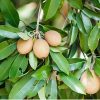
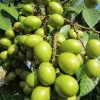





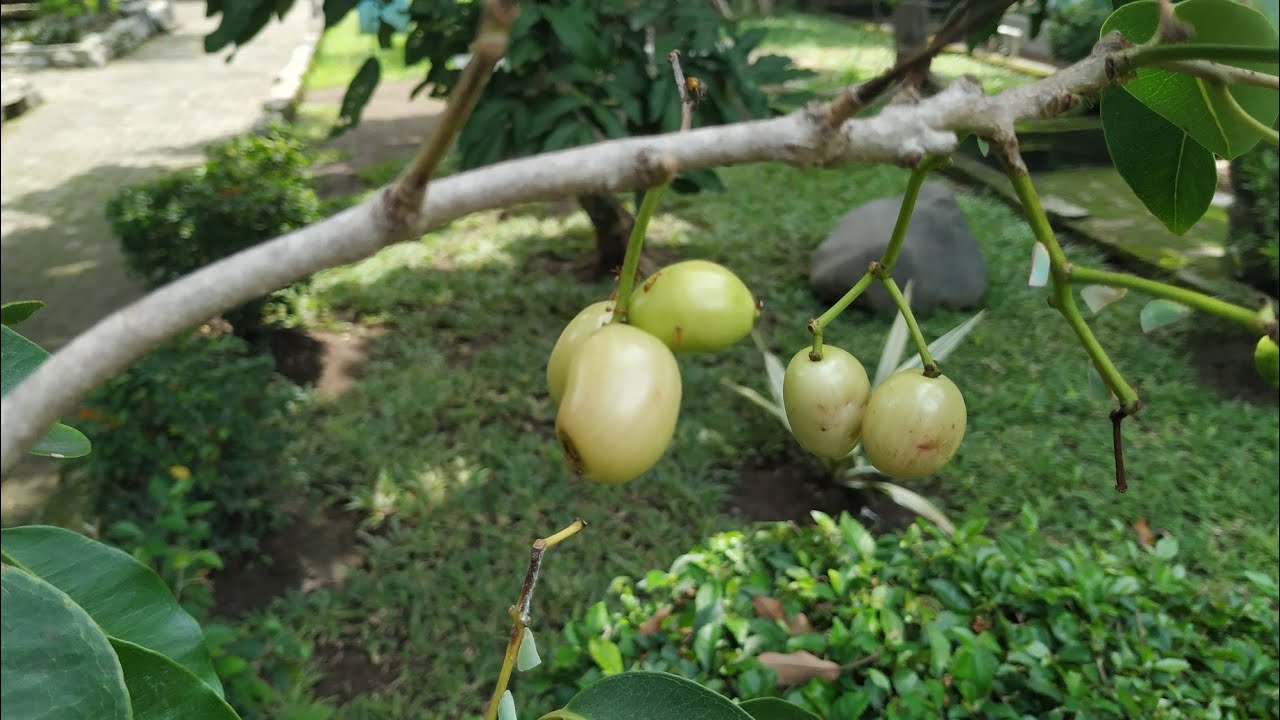
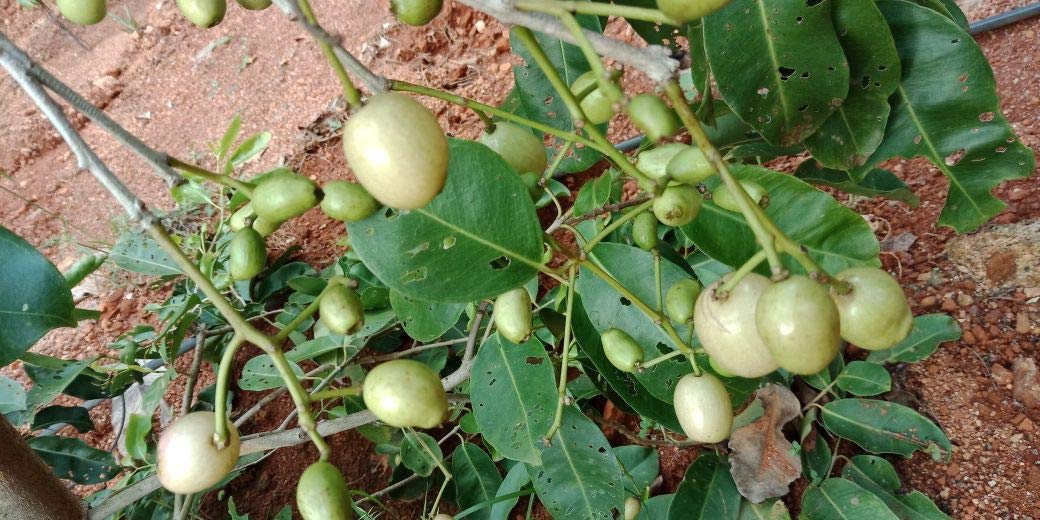

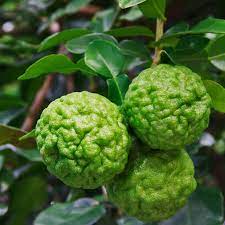
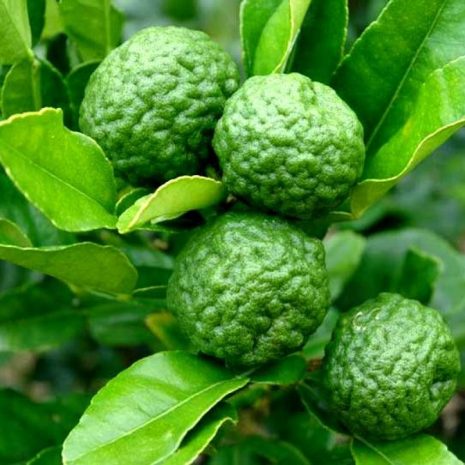


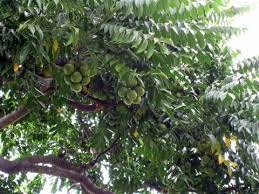

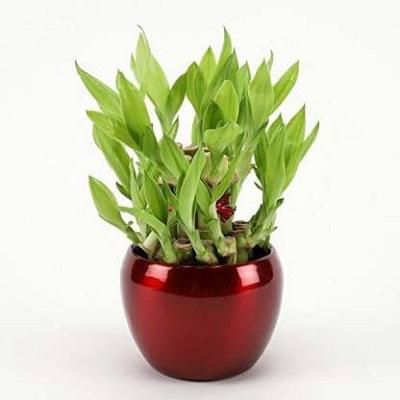

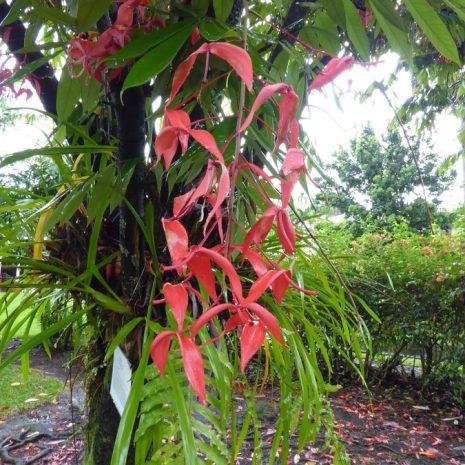

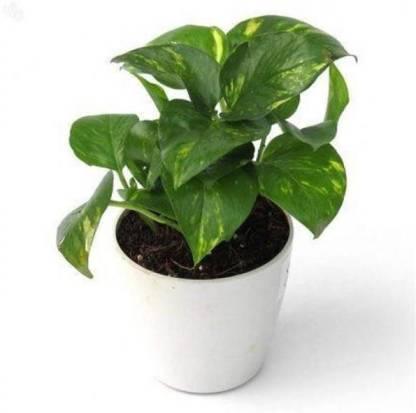
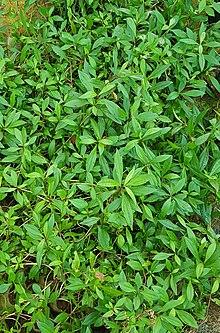
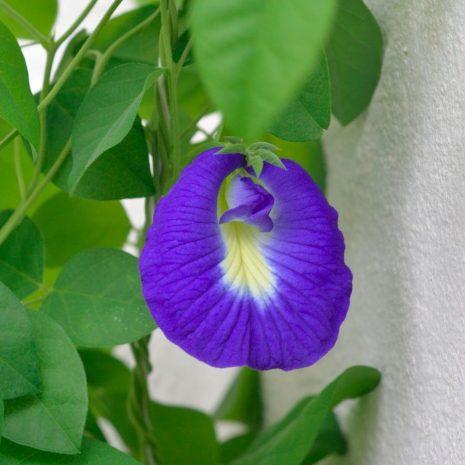
Reviews
There are no reviews yet.